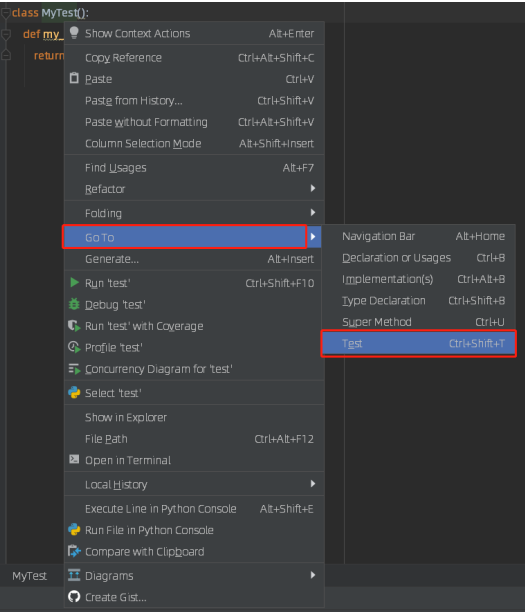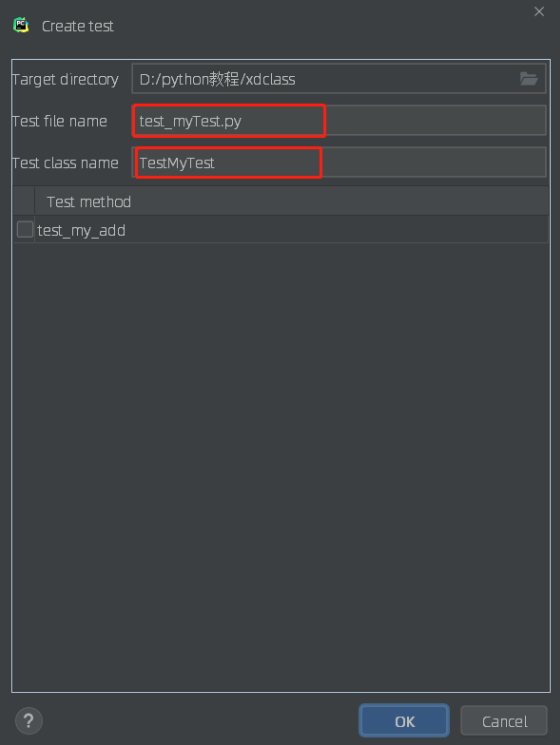Python error handling method
Abnormal capture and handling
What is an error
In short: It hasn't been run yet, and it is found that there is a problem with the grammar during the parsing of the grammar. This time it is an error.
What is an exception
In short: After the code is written, there is no obvious grammatical error (at this time, the editor does not know that there is an error, nor does it know that there is an error during grammar parsing), but when it is run, an error will occur, which is called an exception at this time .
What is a warning
import warnings
def fxn():
warnings.warn("deprecated", DeprecationWarning)
How to deal with the exception
The exception handling form is as follows:
try:
Something unusual may happen to you
except exceptions that may occur:
Things to do after an exception
except the exception that may occur 2:
Things to do after an exception occurs 2finally:
The final thing to do
For example, the following code:
try:print(10/0)
except ZeroDivisionError:print("Divisor cannot be 0")
Run again at this time, there will be no exception
In normal development, pre-defined cleanup operations are also used to avoid program crashes due to exceptions. For example, when performing IO operations, you can use:
withopen("myfile.txt")as f:for line in f:print(line, end="")
In this way, once an exception occurs during operation, the program will automatically close the file for you to avoid the entire program from crashing
Custom exception and exception throwing
Although python provides a lot of built-in exception classes, in normal development, for a specific business, you may need to customize exceptions. What should I do at this time?
Customization of exceptions can be achieved by custom inheriting the Exception class
classMyException(Exception):
def __init__(self, parameter):
err ='Illegal entry{0}, The denominator cannot be 0'.format(parameter)
Exception.__init__(self, err)
self.parameter = parameter
When we encounter a special business situation in our code and need to throw a custom exception to the caller, we can use the raise keyword
from chapter12.my_exception import MyException
def my_fun(x):if x ==0:
raise MyException(x)return12/x
print(my_fun(-12))
After catching the exception, we can also throw the exception directly. In this case, we can directly use the raise keyword
def my_func():try:print(10/0)
except ZeroDivisionError:print("Divisor cannot be 0")
# Throw the caught exception directly here
raise
unit test
What is unit testing
- Unit testing (English: Unit Testing), also known as module testing, is a test for correctness verification of program modules (the smallest unit of software design). The program unit is the smallest testable part of the application. In procedural programming, a unit is a single program, function, process, etc.; for object-oriented programming, the smallest unit is a method, including methods in a base class (superclass), abstract class, or derived class (subclass).
- In short: is to write a piece of code to verify the correctness of another piece of code in a specific situation
The benefits and "disadvantages" of unit testing
- Benefits: reduce bugs, improve code quality, and can be refactored with confidence (when future modifications are implemented, the behavior of the code can be guaranteed to be correct)
- "Disadvantages": take up development time, especially in the initial stage
How to write unit tests in python
1、 Create a new python file and write specific business code
classMyTest():
def my_add(self, a, b):return a + b
2、 Right-click the class name and select Go TO ==》test, or directly ctrl+shift +t

3、 Fill in the corresponding module name and test class name, click ok, then pycharm will help us automatically create test modules and classes

4、 Write test code and execute unit test
import unittest
from unittest import TestCase
from test import MyTest
classTestMyTest(TestCase):
def test_add(self):
s=MyTest()
self.assertEqual(s.my_add(1,5),6)if __name__ =="__main__":
unittest.main()
The above is the detailed content of Python error handling methods. For more information about Python error handling, please pay attention to other related articles on ZaLou.Cn!
Recommended Posts